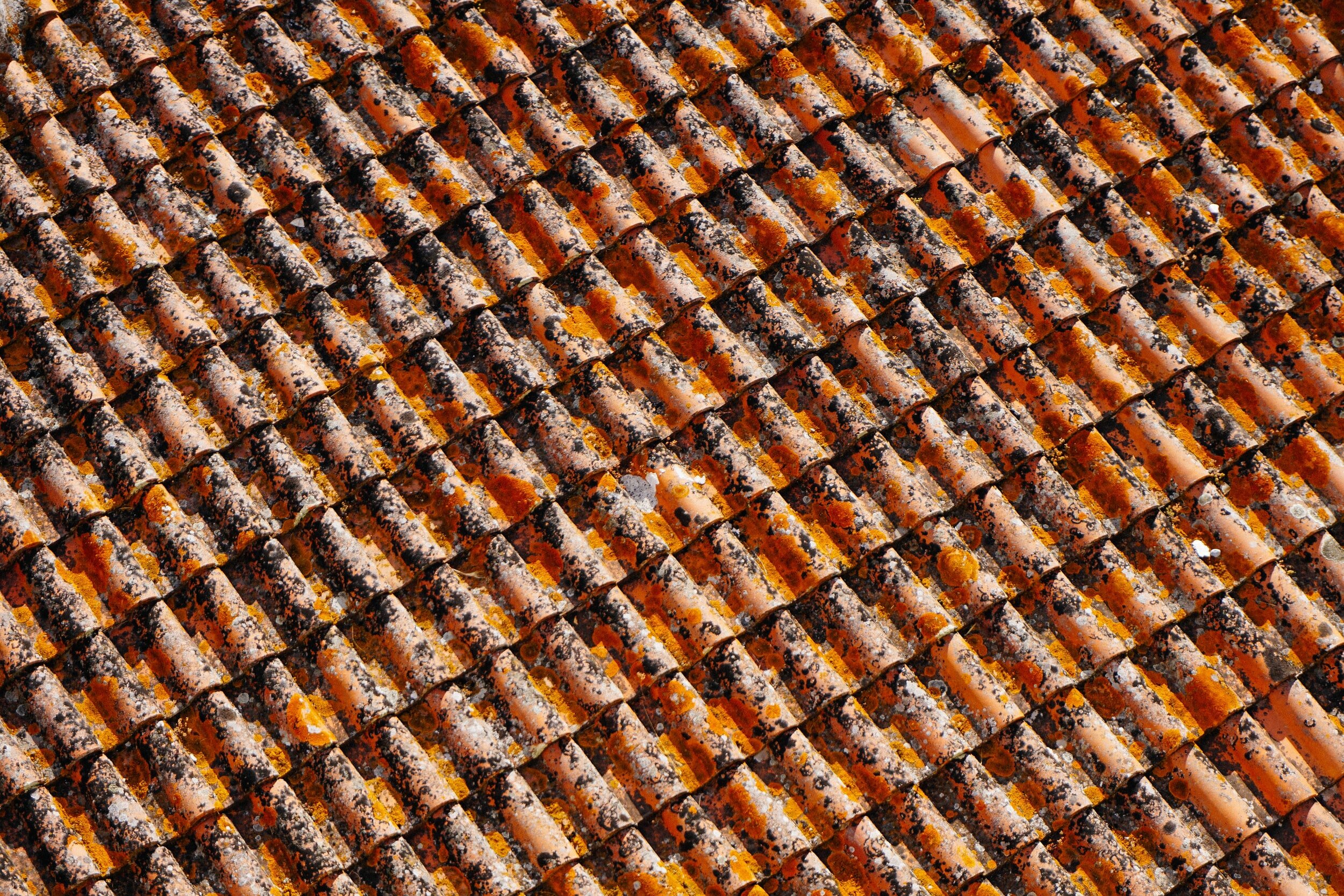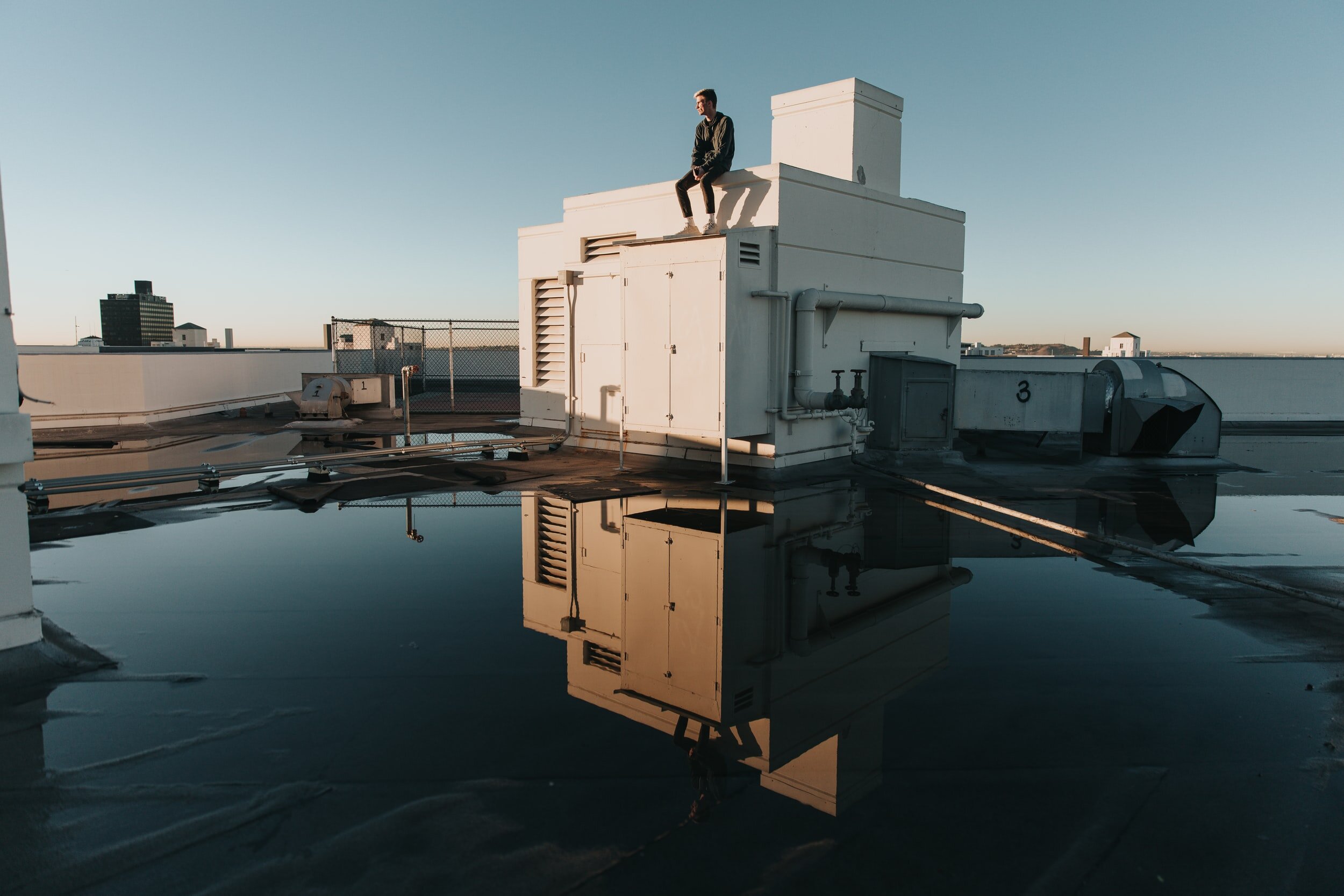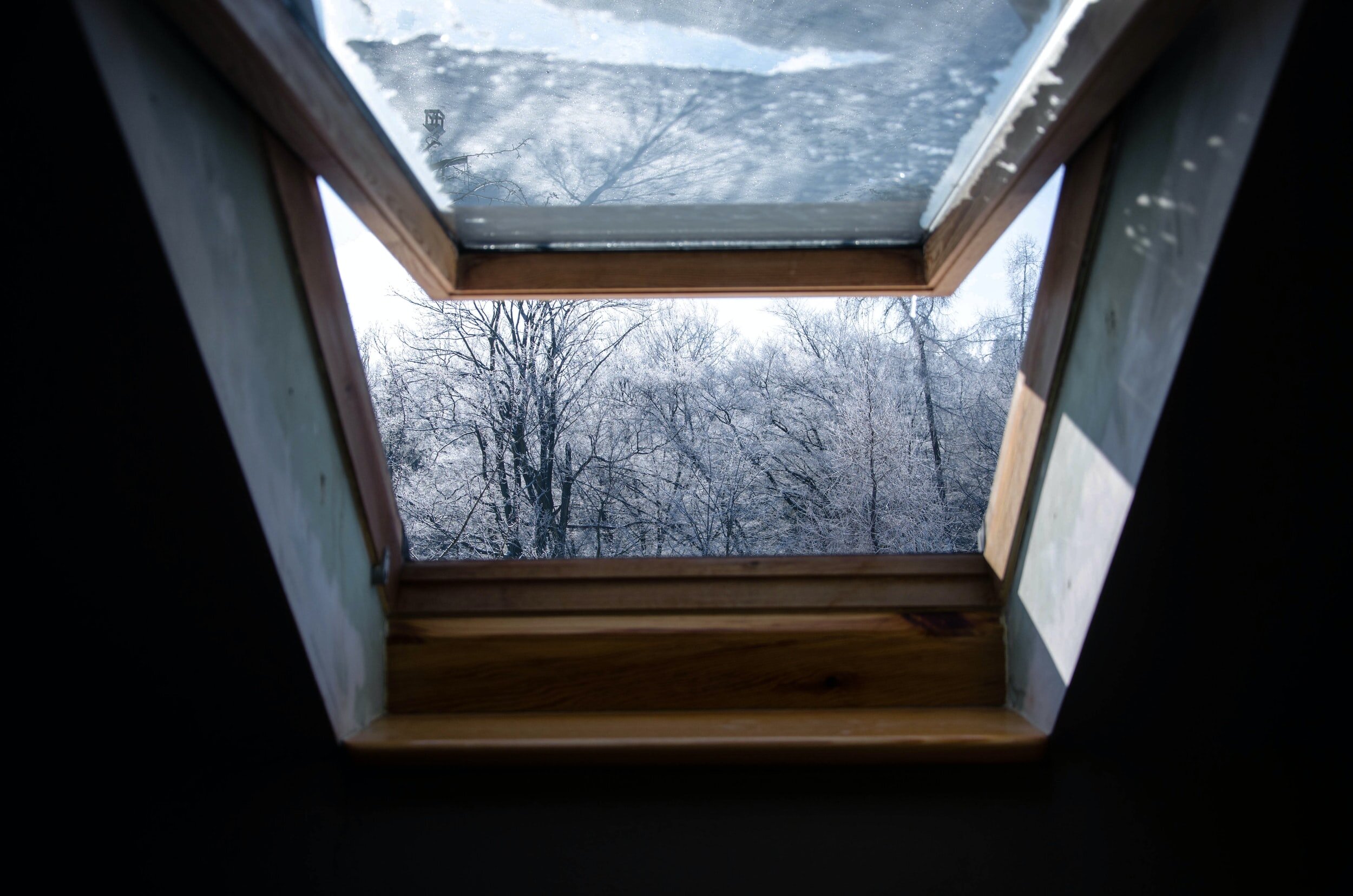Every home buyer needs a home inspection. Unless you inspect homes for a living, this is a step I never suggest you forego. Outside of catching expensive home issues and health hazards, inspections are an incredible negotiation point for home buyers and sellers alike. Today I want to focus on just one aspect of the inspection process -Roofs.
Let’s talk about roofs. After all, all houses have them. Roofs are a major component of the standard home inspection. Aside from doing the obvious (keeping the weather out) a roof has several other purposes and the integrity of the roof is important to the entire structure. Say your roof has had a leak from improperly installed shingles and the wood underneath is rotting. It may not seem like a big deal to the homeowner who doesn’t even notice it. After all, no one is walking on it, and it’s still holding its weight, and no one notices damage inside. That same spot can be causing mold in the attic space, or the entire roof may be compromised under the weight of a heavy snow for example. Today we will quickly guide you through 4 things we cover on a roof inspection.
Certified home inspectors recommend an inspection when purchasing, So what do home inspectors inspect on a roof and what do they skip?
FIRST, LETS COVER THREE THINGS HOME INSPECTORS ARE NOT REQUIRED TO INSPECT IN THE STATE OF MISSOURI. THESE ARE:
-
Antennas
-
Interiors of vent systems, flues, and chimneys that are not readily accessible
-
Other installed accessories
-
Home Inspectors are NOT required to walk a roof
Now! Before you freak out and ask or yell “What ARE they inspecting then!?” Let’s take a look at what those four things mean.
First, and I mean FIRST and foremost you want your inspector to always come prepared to walk a roof and do a full inspection. A good inspector will treat you as though their family wanted to buy it and we were helping them out.
If they are able to get on a roof with a ladder, they should be on it. If a roof is NOT structurally sound, inspectors will assess that from a ladder, and move around the house to get eyes on all parts of the roof. Your inspection report would have a remark on what they were seeing structurally and suggest you hire a professional roofer to come assess the damage or concerns. That is the safest way for everyone involved, and the smartest for your time and money.
In general, home inspectors inspect what they can see that is readily accessible. The outside of a chimney and basic structure are accessible. When inspecting, home inspectors do not disassemble or inspect anything as a general practice. If something requires further evaluation they will let you know what it needs and I’m always happy to give a suggestion of who we trust to come help. Now, let’s get to the fun stuff.
WHAT CAN YOU EXPECT YOUR LOCAL HOME INSPECTOR TO CHECK ON YOUR ROOF?
-
ROOFING MATERIALS

Your home inspector will ensure you have appropriate materials for the slope and ridge of the home.
WHEN YOU INSTALL A NEW ROOF, THE ROOF IS CHOSEN BASED ON SEVERAL FACTORS.
-
The first factor considered is the pitch. You need to choose what material works best for the pitch of the roof. A flat roof will require more walkable materials whereas a high pitch will benefit from shingles, metal, or other materials.
-
Second, is the price. We all love a beautiful roof, but like all things, various materials have varying costs. The standard roof replacement usually costs a homeowner anywhere from 15,000 to 40,000 dollars. That makes a roof an investment that deserves financial consideration. A good roof can last decades- making it worth every penny.
-
Appearance is another major deciding factor. Aesthetically you want a roof to match the design of the home. A terra cotta roof on a modern farmhouse may be a little strange, whereas a cedar shingle roof on a cottage in the woods may make more sense. Roofing materials and appearance go hand in hand.
-
Life Expectancy. Let’s face it, for the roof price tag you want your material to have some longevity. A shingle roof versus a metal roof will have different life spaces. Carefully research or ask an expert to determine the life expectancy of your roof.
Inspectors should thoroughly inspect the materials used. Are they still functioning with life left in them? Are the materials performing their job, are they right materials for the roof? Your inspection report will detail anything you need to know about the roofing materials and any defects with them. If you want to figure out what roofing materials are best suited for your roof, here is a great resource for you to start with
2. ROOF DRAINAGE SYSTEMS

Water sitting on a roof is never good for a building. Colyer and Company can inspect your roof before you get into trouble.
A roof is designed to shed water from high to low and ending with water falling down onto another surface. Home inspectors assess how a roof drains and if it is draining properly. When thinking about roof drainage our inspector will check several areas for proper drainage.
-
Anywhere a vertical surface meets a roof is a potential for a leak. We will check these areas thoroughly. If water flows downhill on a roof, and then hits a vertical wall such as an addition and siding, this leaves space for water to sit. Sitting water on a roof is a big N-O. Why? Water is a big giant red flag. Anywhere water collects or sits is a potential area for rot and mold.
3. SKYLIGHTS, CHIMNEY’S, AND ROOF PENETRATIONS

Skylights and other roof penetrations can be an area to check for leaks.
Anywhere a roof is punctured is a possible location for water to penetrate into the structure. When we think of a roof puncture, we aren’t necessarily talking about a hole in the roof from falling plane parts. While that would be problematic, we are talking about a lesser thought about roof puncture. Skylights, vent pipes, chimneys etc… There are all parts of the home that have punctured the roof to exist where they are. All of these are potential leak areas on a roof if they are not installed just right and it is really important to have your inspector check on all of these for signs of damage or water leakage.
-
Any area where water has to change directional flow can cause a potential leak. A roof should direct any water that hits the surface in one direction -downhill and away from the roof.
4. FLASHING
Flashing is metal that is located around chimneys, skylights, and any other object that any object penetrates a roof. The flashing is what keeps the water away from the object (skylight etc..). If the flashing is compromised (bent up, loose, cracked) and the integrity is not there the roof will be susceptible to damage. Your home inspector will inspect all of the flashing on the roof and flag anything that may need attention.
A roof is just as important as the foundation of a home, and it is not one that your local inspector should pass up. A roof inspection can also be ordered independently from a full home inspection.
Do you have a roof or home inspection question? Let me refer you to some trusted sources.
God Bless you and your home.


 Facebook
Facebook
 Twitter
Twitter
 Pinterest
Pinterest
 Copy Link
Copy Link